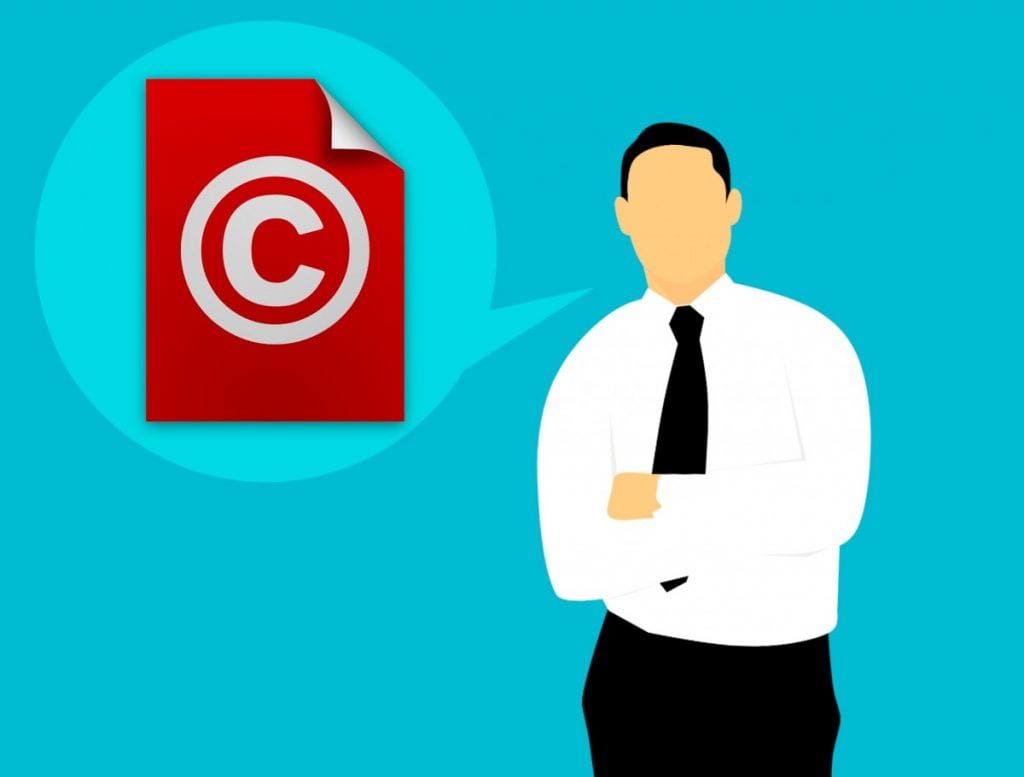By Mish Boutet, Digital Literacy Librarian, University of Ottawa (Canada), mboutet@uottawa.ca
Bonjour and hello. I am a Digital Dexterity Guest Champion, Mish Boutet, from the University of Ottawa in Canada. I would like to introduce Ateliers sur demande | Instant Workshops, free and open short lessons on digital skills for higher education in French and English.

The Context
The University of Ottawa is bilingual. To serve our community, it is important to have resources in both French and English. It isn’t always easy to find good quality, digital dexterity-building resources available in both languages though. This being the case, I tried to make some.
Not by myself. I had the gracious help of collaborators from six other Canadian universities. It has been an excellent teamwork experience.
We got a bit of funding. I mention this not to boast but to explain why I am now copy-pasting the following acknowledgement: Ateliers sur demande | Instant Workshops was made possible with funding by the Government of Ontario and through eCampusOntario’s support of the Virtual Learning Strategy. Check.
The Concept
We set to work on this for about a year. We had an idea about the kind of resource we wanted to create: the kind we always hope to find when we search for stuff. We wanted a series of ready-to-go video-based microlessons that lone learners could use for self-instruction or instructors could include in their courses.
On top of this, we wanted all content to be:
- available in French and English,
- free,
- accessible,
- reusable under a Creative Commons Attribution License,
- focused to not waste learners’ time,
- flexible to support multiple learning preferences,
- humanised to mitigate the distancing effect of instructional videos, and
- structured to help creators develop content more easily.
I believe we did a good job meeting most of these criteria most of the time.
The Content
We used Jisc’s digital capabilities framework to scope the range of topics from which we could choose. Based on identified needs and on collaborators’ interests, Instant Workshops topics include:
- using password managers
- using content blockers
- introducing infographics
- creating bibliographies with ZoteroBib
- linking Google Scholar with your library
- identifying peer-reviewed content
- avoiding plagiarism
- adding tables of contents in Word
- adding page numbers in Word
- saving as PDF/A in Word.
Each workshop follows a consistent structure and includes:
- a French and English version,
- a title,
- a brief description,
- a short video lesson,
- video subtitles,
- video chapters,
- an interactive transcript*,
- written instructions,
- a brief task for learning and review question, and
- a downloadable text-based version of the lesson.
Our hope is that this structure keeps workshops straightforward yet flexible for learners, as well as manageable for workshop creators.
*Interactive transcripts let you jump to any part of a video by selecting any bit of text in the transcript. We were able to include these thanks to the free, accessible, browser-based media player, Able Player.
The Continuation
My university’s Teaching and Learning Support Service built the great website that houses our workshops. We launched the project with 12 workshops earlier in 2022. We are proud of what we accomplished, but we realise that our content scarcely begins to cover all that is possible with digital dexterity development. So, we are currently planning Instant Workshops, Season 2. I’m interested in more content around digital creation and digital wellbeing. I’m also interested in identifying new collaborators to bring their expertise to create even more content.
So, there you are. Please use Instant Workshops if you think it looks useful. And feel free to reach out to let us know what you think of it.
Merci and thank you.


